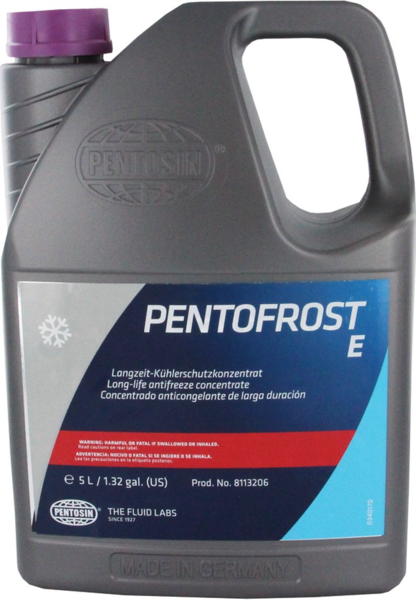The Ultimate Guide to Automotive Coolant for European Cars
Automotive coolant is a critical component for maintaining the performance and longevity of your European car. It plays a vital role in keeping your engine at the optimal temperature, preventing corrosion, and ensuring the overall efficiency of your vehicle. In this blog post, we will delve into the different types of coolants available for European cars, the recommended coolants for popular European car brands, and tips for maintaining your car’s cooling system.
European cars often have advanced cooling systems that require specific coolants to function efficiently. Coolants work by absorbing the heat generated by the engine and dissipating it through the radiator. In doing so, they help prevent overheating and maintain the optimal temperature for your vehicle’s performance.
In addition to controlling the engine’s temperature, coolants also protect against corrosion and rust. They contain additives that form a protective barrier on metal surfaces, thus preventing damage from occurring. By minimizing wear and tear on your engine, these coolants help maintain its efficiency and longevity.
Types of Coolants Commonly Used in European Cars
Organic Acid Technology (OAT) Coolant
OAT coolants are popular for their long-lasting properties and compatibility with a variety of European cars. They contain organic acids that provide excellent corrosion protection and extended service intervals. OAT coolants are typically silicate-free, making them ideal for European vehicles with aluminum engines.
Hybrid Organic Acid Technology (HOAT) Coolant
HOAT coolants offer the best of both worlds, combining the corrosion protection of OAT coolants with the fast-acting protection of inorganic acid technology (IAT) coolants. They contain a mix of organic acids and inorganic inhibitors like silicates or phosphates. HOAT coolants are suitable for a wide range of European cars, providing exceptional protection and performance.
Inorganic Acid Technology (IAT) Coolant
IAT coolants are less common in European cars due to their shorter service life and limited compatibility with aluminum engines. They primarily contain inorganic inhibitors like silicates and phosphates, which offer quick-acting corrosion protection but require more frequent replacement.
Popular European Car Brands and Their Recommended Coolants
BMW – BMW recommends using its BMW Antifreeze/Coolant, a nitrite-free, phosphate-free, and silicate-free OAT coolant specifically formulated for BMW engines.
Mercedes-Benz – Mercedes-Benz recommends using its Genuine Antifreeze/Coolant, an OAT-based coolant designed to meet the specific needs of Mercedes-Benz engines.
Audi – Audi recommends G13 or G12++ coolant, which are OAT-based coolants with a hybrid mix of additives to provide optimal protection for Audi vehicles.
Volkswagen – Volkswagen recommends G13 or G12++ coolant, similar to Audi, as they share many components and systems.
Volvo – Volvo recommends using its Genuine Coolant, an OAT-based coolant designed for maximum performance in Volvo engines.
Porsche – Porsche recommends using its Porsche Antifreeze/Coolant, an OAT-based coolant specifically formulated for Porsche engines.
Compatibility and Mixtures
Mixing incompatible coolants can lead to reduced corrosion protection and potential damage to your engine. If you’re unsure about compatibility, consult your owner’s manual or a professional mechanic. As a general rule, avoid mixing different types of coolants unless it’s an emergency.
OEM vs. Aftermarket coolants
While OEM coolants are specifically formulated for your vehicle and provide guaranteed compatibility, aftermarket coolants can be a cost-effective alternative. When selecting an aftermarket coolant, ensure it meets the specifications outlined in your owner’s manual and is compatible with your vehicle’s cooling system.
Flushing and replacing coolant
European car manufacturers typically recommend flushing and replacing your coolant every 3 to 5 years, or according to the specific interval outlined in your owner’s manual. Regularly replacing your coolant ensures optimal engine performance and longevity.
Inspecting and maintaining cooling system components
Regularly inspect and maintain your cooling system components, including hoses, water pumps, and thermostats. This preventative maintenance can help you avoid costly repairs down the road. If you’re unsure about how to perform these tasks, consider seeking professional assistance.


